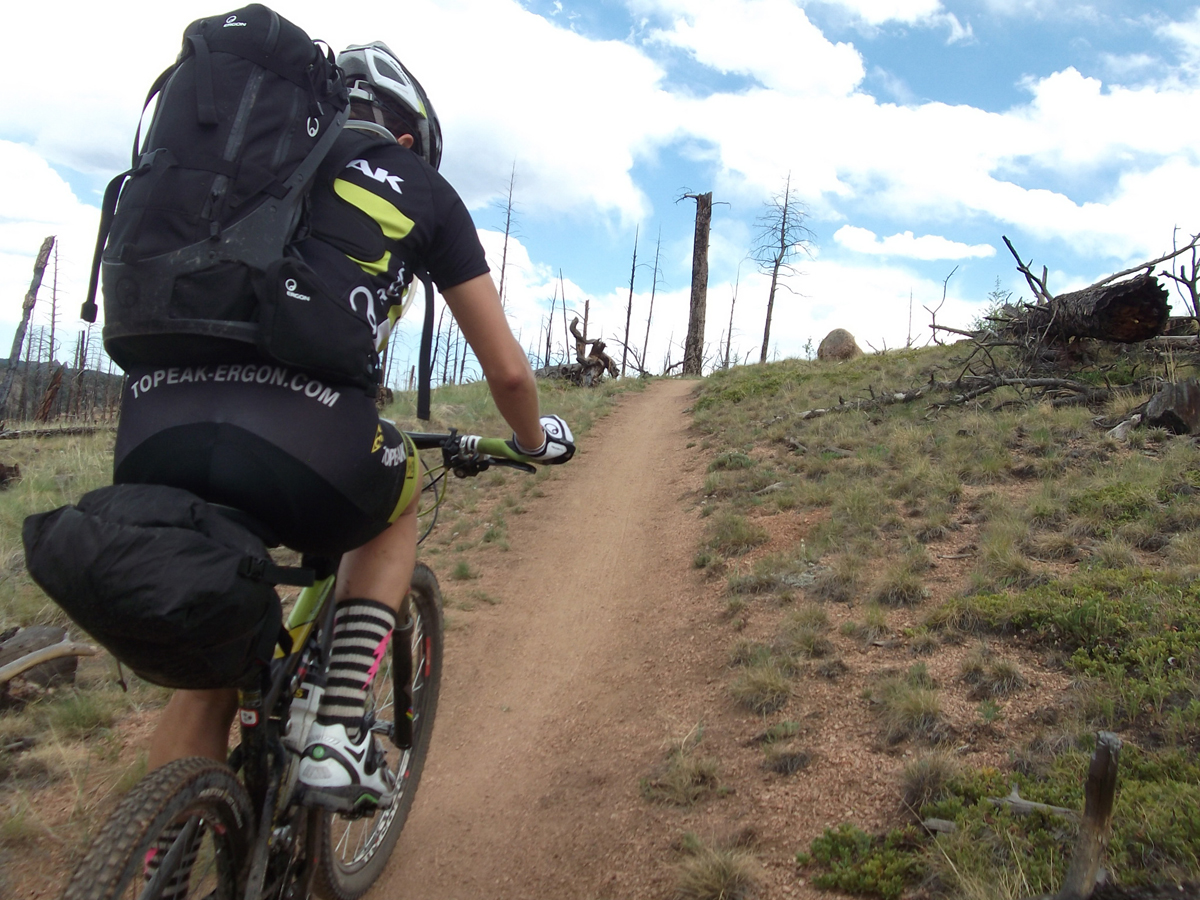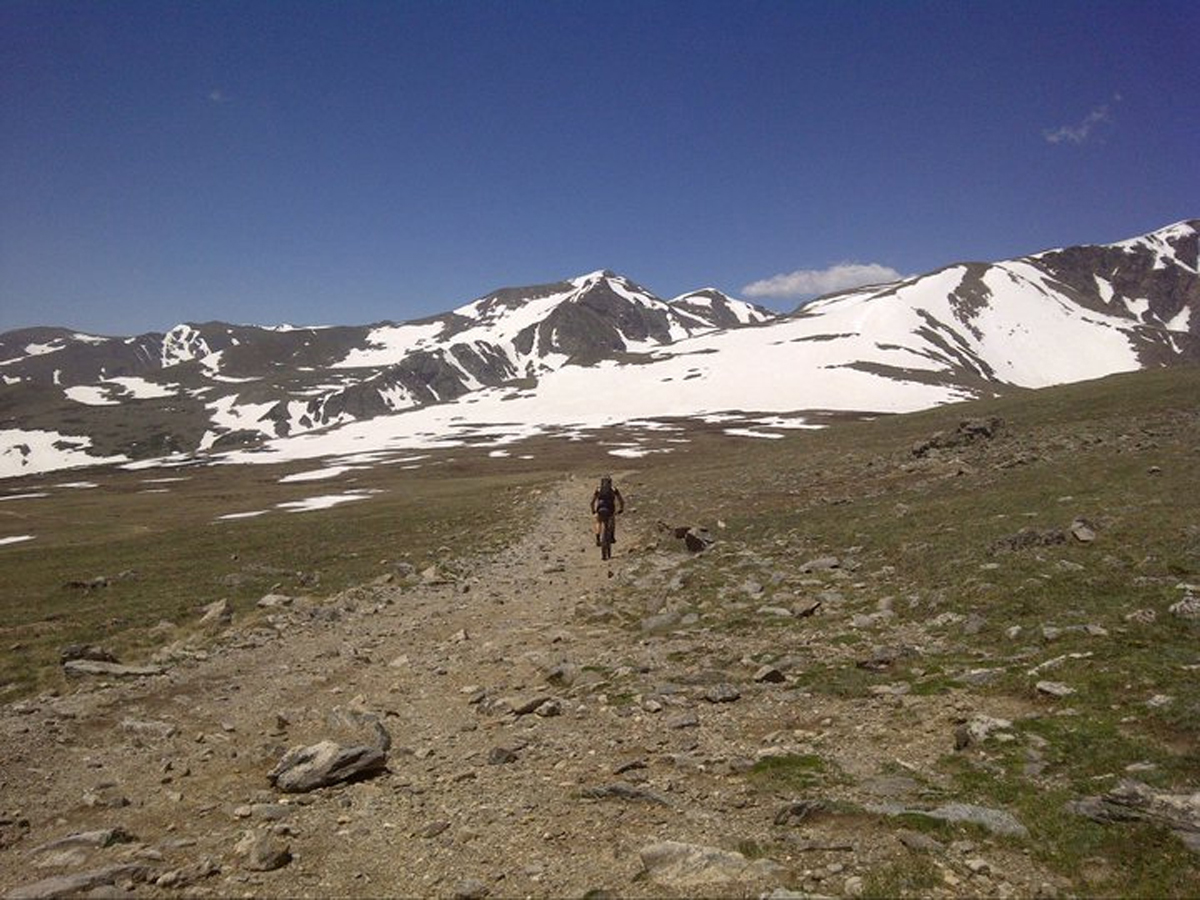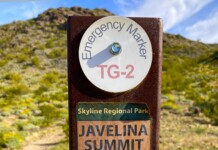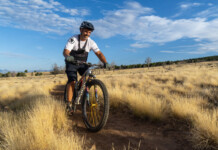[Editor’s note: This article was originally published in 2013. This year’s event starts on August 13, 2023. Here’s what you need to know.]
By Adam Lisonbee — 40 years ago, Bill Lucas had an idea. He wanted to develop a trail system that connected the vast mountainous terrain between Denver and Durango—a trail that would be accessible to people of all abilities and ambitions, day-hiker and through-hiker alike. The concept that would become the Colorado Trail was born.

“Perhaps the true genesis of The Trail,” Bill wrote in 2004, “can be traced back to the Roundup Riders, a group of business and professional men who in the 1940s decided they wanted to see the Rocky Mountains from horseback.” Bill, a long time Forester, worked with the Roundup Riders, and the Colorado Mountain Club, who had cultivated the idea of a “Rocky Mountain Trail” in Colorado.
The trail “was conceived by the Mountain Club and Roundup Riders,” Bill explained, “and the opportunity to bring it to reality was what occurred to me.”

Now, in its 40th year, the Colorado Trail has become an icon of outdoor adventure, beauty, and exploration. Hikers, horsemen, trail runners, mountain bikers, day-trippers, and tourists all enjoy the Colorado Trail, in its entirety or just one segment at a time. It travels through the Rockies’ wide array of topographic excess. It is a most appropriate representation, and facilitator, of the energetic spirit of the American West.
A relatively recent manifestation of that spirit is the Colorado Trail Race (CTR)—an unsupported, self-navigated, mountain bike race that covers the entire Colorado Trail. (Wilderness detours are required occasionally for mountain bikes.) In all, the race covers nearly 500 miles, and requires riders to climb more than 70,000 vertical feet. Riders must push bikes loaded with gear over mountain passes that scrape altitudes of up to 13,200 feet.
Since its inception in 2007, the CTR has grown in popularity. In 2012, more than 60 riders lined up at the trailhead in Denver, with high hopes of finishing days later in Durango. The current record, established in 2012 by Coloradan and CTR veteran Jefe Branham, stands at a remarkable three days, 23 hours, 38 minutes. Jefe is the first CT through-rider to finish under four days.
The rules for the race are simple: “Race from Durango to Denver, self-supported, under only your own power, along the entire CTR route; No pre-arranged support, with the exception of mail-drops to a post office and only a post office; Don’t break the law.”
The 2013 CTR is scheduled to start on July 21. The race will begin in Durango and travel northeast to Denver. Riders, including Adam Lisonbee, Ty Hopkins, and a few others from Utah, will carry sleeping bags, bivy sacks, food, water treatment gear, bike repair tools, rain suits, lights, and any other needed odds and ends. Outside of the 2,700 mile Tour Divide, the CTR is the longest self-supported bikepacking race in the United States.
As more and more people rediscover the joy of being in the mountains, the spirit of adventure and discovery that pushed men westward is still inspiring people to spend time in the high country. The Colorado Trail, and the people who use it, are living examples of that explorative instinct.
Today, the Colorado Trail is kept up by the Colorado Trail Foundation. The CTF relies on donations, sales of guidebooks, and volunteers to ensure that the trail remains open.
For more information about the Colorado Trail, visit coloradotrail.org. To read about the Colorado Trail Race, see climbingdreams.net/ctr. To follow the 2013 CTR in real time, visit trackleaders.com.
Editor’s Note: Read about Adam and Ty’s Colorado Trail adventure here.








